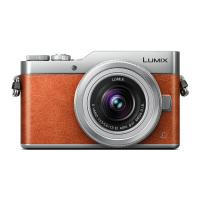
Do you have a question about the Panasonic Lumix DC-GF10 and is the answer not in the manual?
| Camera Type | Mirrorless |
|---|---|
| Sensor Type | Live MOS |
| Image Sensor Format | Four Thirds |
| Effective Pixels | 16.0 megapixels |
| Image Processor | Venus Engine |
| Lens Mount | Micro Four Thirds |
| Built-in Flash | Yes |
| Memory Card Slot | SD/SDHC/SDXC |
| Wireless Connectivity | Wi-Fi |
| Sensor Size | 17.3 x 13.0 mm |
| ISO Range | 200-25600 |
| Shutter Speed | 1/16000 - 60 sec |
| Continuous Shooting | 5.8 fps |
| Autofocus System | Contrast Detection AF |
| Display | 3.0-inch Touch LCD Screen (approx. 1, 040k dots) |
| Video Resolution | 4K at 30p/24p |
| Battery Life | 210 shots (CIPA standard) |
| Battery | Lithium-ion Battery DMW-BLG10 |
| Dimensions | 106.5 x 64.6 x 33.3 mm |
| Weight | 270 g (with battery and memory card) |
Guide on how to locate information within the manual using various search methods.
Instructions on handling and maintaining the camera to prevent damage and ensure proper function.
Lists the essential accessories supplied with the camera for initial setup and use.
Identifies and explains the purpose of each part of the camera body and its controls.
Details about interchangeable lenses, including their parts and compatibility.
Step-by-step guide on how to securely attach the camera's shoulder strap.
Instructions for charging the camera battery using the supplied accessories.
Procedure for correctly inserting and removing the memory card from the camera.
Details on compatible memory cards and speed class ratings for video recording.
Guide on how to safely attach and detach interchangeable lenses from the camera body.
Covers fundamental camera handling techniques for better picture taking.
Explains the function and operation of the shutter and motion picture buttons.
Details on how to use the touch screen for various camera functions like touch, drag, and pinch.
Guidance on navigating and setting various options within the camera's menu system.
Instructions on customizing function buttons for quick access to frequently used features.
Procedure for inputting text, such as names or titles, using the camera's interface.
Using the camera's automatic settings for optimal exposure, color, and focus for various scenes.
Technique for capturing clear night scenery handheld without a tripod.
Creating a single image with rich gradation by combining multiple exposures.
Adjusting color, background blur, and brightness settings for creative control.
Instructions for taking self-portraits with the monitor rotated for easy composition.
Taking selfies with a wider background using the 4K Photo mode.
Capturing portraits with nightscapes in the background using flash and burst shooting.
Taking panoramic self-portraits with friends or wider backgrounds.
Automatic adjustment of aperture and shutter speed for optimal exposure.
Manually setting aperture or shutter speed while the camera optimizes the other.
Manually controlling both aperture value and shutter speed for precise exposure control.
Selecting scenes to match subject and conditions for optimal camera settings.
Applying various image effects (filters) to pictures for creative expression.
Setting optimal Focus Mode or Auto Focus Mode for subjects and recording conditions.
Selecting focusing methods like Face/Eye Detection, Tracking, or Area selection.
Step-by-step guide for manually adjusting focus using the camera's controls.
Locking focus and exposure for subjects outside the AF area or in high contrast scenes.
Adjusting exposure compensation to achieve appropriate brightness in challenging lighting.
Adjusting ISO sensitivity to capture images in dark places without underexposure.
Correcting color casts caused by different lighting conditions for accurate white balance.
Guide to capturing burst sequences and extracting still images from 4K video.
How to choose and save desired frames from a 4K burst file as individual pictures.
Adjusting focus after shooting or merging multiple focus points into one image.
Changing camera behavior when the shutter button is pressed (e.g., Single, Burst, 4K PHOTO).
Configuring the self-timer for delayed shooting or multi-shot sequences.
Taking multiple shots with automatic adjustments to settings like exposure or white balance.
Automatically capturing images at set intervals to create time-lapse motion pictures.
Creating stop-motion animation by splicing together a sequence of still pictures.
Activating and setting the image stabiliser to reduce jitter and camera shake.
Using the zoom ring or lever to adjust magnification for closer or wider shots.
Using digital zoom for further magnification, noting potential image quality degradation.
Controlling zoom magnification via touch screen gestures like pinch and drag.
Instructions on opening, closing, and forcing the built-in flash on or off.
Selecting flash modes like Forced Flash On, Slow Sync, or Red-Eye Reduction.
Using 2nd curtain sync for dynamic motion blur effects with moving subjects.
Fine-tuning flash brightness to correct over or underexposed images.
Guide to recording high-definition and 4K motion pictures in AVCHD and MP4 formats.
Configuring motion picture recording parameters like format, resolution, and frame rate.
Setting continuous autofocus or manual focus for motion picture recording.
Simultaneously capturing still images while recording motion pictures.
Creating short motion clips with adjustable recording time and focus effects.
Creating dramatic focus transitions between specified points during recording.
Navigating and viewing still images stored on the camera.
Methods for playing back motion pictures, including fast forward and rewind.
Extracting individual frames from motion pictures and saving them as still images.
Changing between zoom, multi-screen, calendar, and normal playback views.
Procedures for deleting single or multiple pictures from the camera.
Overview of the camera's menu structure and available functions.
Selecting and adjusting photo styles for various shooting effects like Vivid or Monochrome.
Fine-tuning picture quality settings such as contrast, sharpness, and saturation.
Applying image effects (filters) to pictures for creative enhancements.
Selecting aspect ratios and pixel dimensions for printing or playback.
Setting image compression levels and choosing between JPEG, RAW, or RAW+JPEG formats.
Choosing the method for measuring scene brightness (e.g., Multiple, Centre-weighted, Spot).
Adjusting dynamic range and resolution for improved image contrast and sharpness.
Combining exposures to capture detail in both bright and dark areas of a scene.
Creating multi-exposure effects by combining multiple images into one.
Selecting between electronic front curtain and electronic shutter modes.
Setting ISO limits and increments for managing sensitivity in various lighting conditions.
Reducing noise at slow shutter speeds and correcting peripheral brightness.
Correcting diffraction blur and selecting color spaces for accurate reproduction.
Registering faces for prioritized focus/exposure and setting profile information for subjects.
Settings for motion picture recording, including flicker reduction and audio levels.
Customizing camera operations like silent mode, AF/AE lock, and touch controls.
Options for managing and editing images in playback mode, including slideshows and retouching.
Remotely controlling the camera, playing back images, and saving them to a smartphone.
Steps for establishing a Wi-Fi connection between the camera and a smartphone.
Capturing images remotely using a smartphone, including special jumping shots.
Viewing and saving images from the camera to a smartphone or PC.
Uploading pictures to social networks or cloud services via Wi-Fi.
Connecting the camera to a TV via Wi-Fi to display images wirelessly.
Sending images wirelessly to a PictBridge-compatible printer for direct printing.
Transferring pictures and motion pictures from the camera to a personal computer.
Creating and managing a LUMIX CLUB account for cloud services and web uploads.
Configuring Wi-Fi settings, including password, device name, and PC connection.
Connecting to TV or PC for viewing and saving 4K motion pictures.
Viewing camera images on a TV using an HDMI micro cable.
Enabling automatic linked operations between camera and TV via HDMI.
Instructions for downloading and installing PC software for image management.
Copying files via USB connection or directly from the memory card.
Dubbing content from memory card to Blu-ray Disc or DVD recorders.
Connecting to a PictBridge printer for wireless printing of selected images.
Taking and viewing 3D pictures using an optional 3D interchangeable lens.
Information on optional accessories like AC adapters, DC couplers, and filters.
Explanation of icons and indicators displayed on the camera's monitor during recording.
Solutions for common problems related to battery, recording, shutter, focus, and image quality.
Tips for resolving issues with Wi-Fi connection, network errors, and PC connectivity.
Important safety and operational precautions for using the camera and its accessories.
Instructions for cleaning the camera body, image sensor, and lenses.
Guidelines for battery usage, charging, disposal, and AC adapter operation.
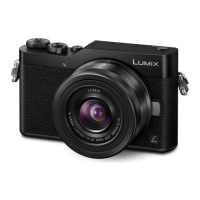
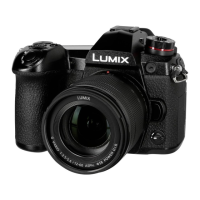
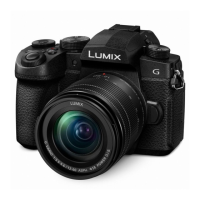
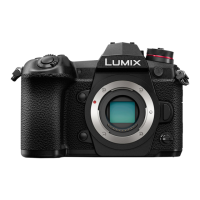
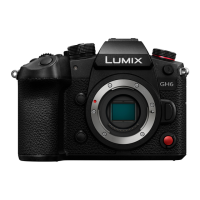

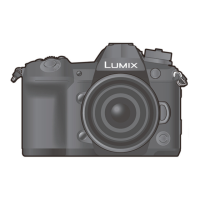
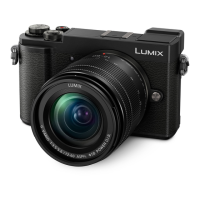
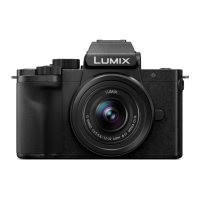

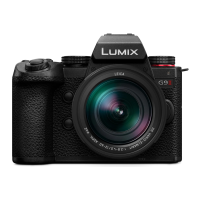
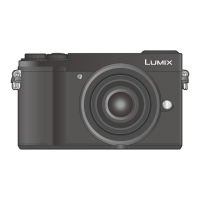
